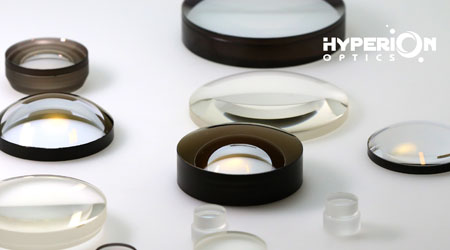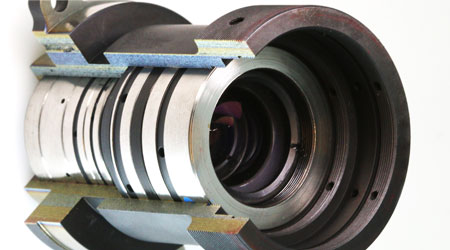An apochromatic lens is a lens made of two optical components, a positive low refractive index (Crown) and a negative high refractive index (Flint).
apochromatic lenses have various types of configurations, among which the common ones are positive apochromatic lenses, negative apochromatic lenses, triple apochromatic lenses, and aspherical apochromatic lenses. It should be noted that the apochromatic lens can be double (double element) or triple (three element), and the number of elements has nothing to do with the amount of light corrected by the lens. In other words, the double configuration or triple configuration apochromatic lens can correct red and blue light in the visible light range.
apochromatic lenses are far superior to simple multicolor "white light source" imaging lenses. The two elements that make up an apochromatic lens (literally meaning "non-colored lens") are combined to correct the inherent chromatic aberration of glass. Because of its ability to eliminate difficult-to-solve chromatic aberration, apochromatic lenses are extremely cost-effective in multi-color lighting and imaging.
The degree of freedom for correcting spherical aberration and on-axis coma enables the lens to achieve better on-axis performance with a larger aperture.
Compared with a simple lens, an apochromatic lens can consistently provide a smaller spot size and superior image quality without reducing the clear aperture.
The apochromatic lens has clearer imaging and superior energy throughput. Since the on-axis performance of the apochromatic lens will not be reduced by the use of a larger clear aperture, it is unnecessary to "shrink" the volume of the optical system. "Reducing" the aperture refers to reducing the aperture of the lens, such as through a pinhole or diaphragm, to improve the overall performance of the lens. By making full use of the entire clear aperture, apochromatic lenses and apochromatic lens systems will achieve faster speed, higher performance, and more powerful functions than the equivalent system using a single lens.
 Call us on:
Call us on:  Email us:
Email us:  R&D Center: 9B-4F 401,No.1 Qingnian Road Liando U Valley,Yuhua International Wisdom Valley, Nanjing, 210039 China
R&D Center: 9B-4F 401,No.1 Qingnian Road Liando U Valley,Yuhua International Wisdom Valley, Nanjing, 210039 China









 English
English  cn
cn  de
de  es
es  fr
fr 


